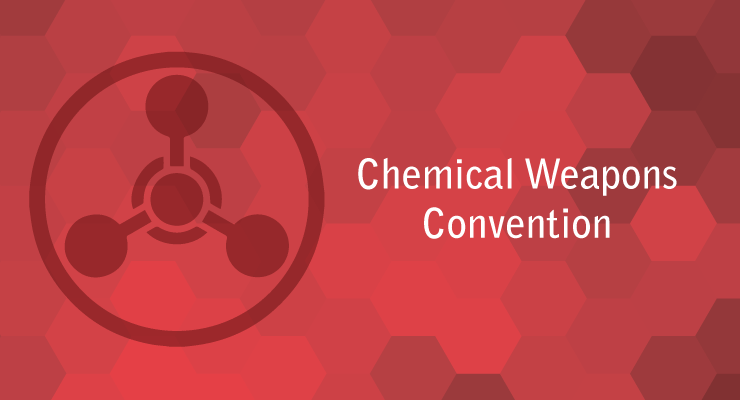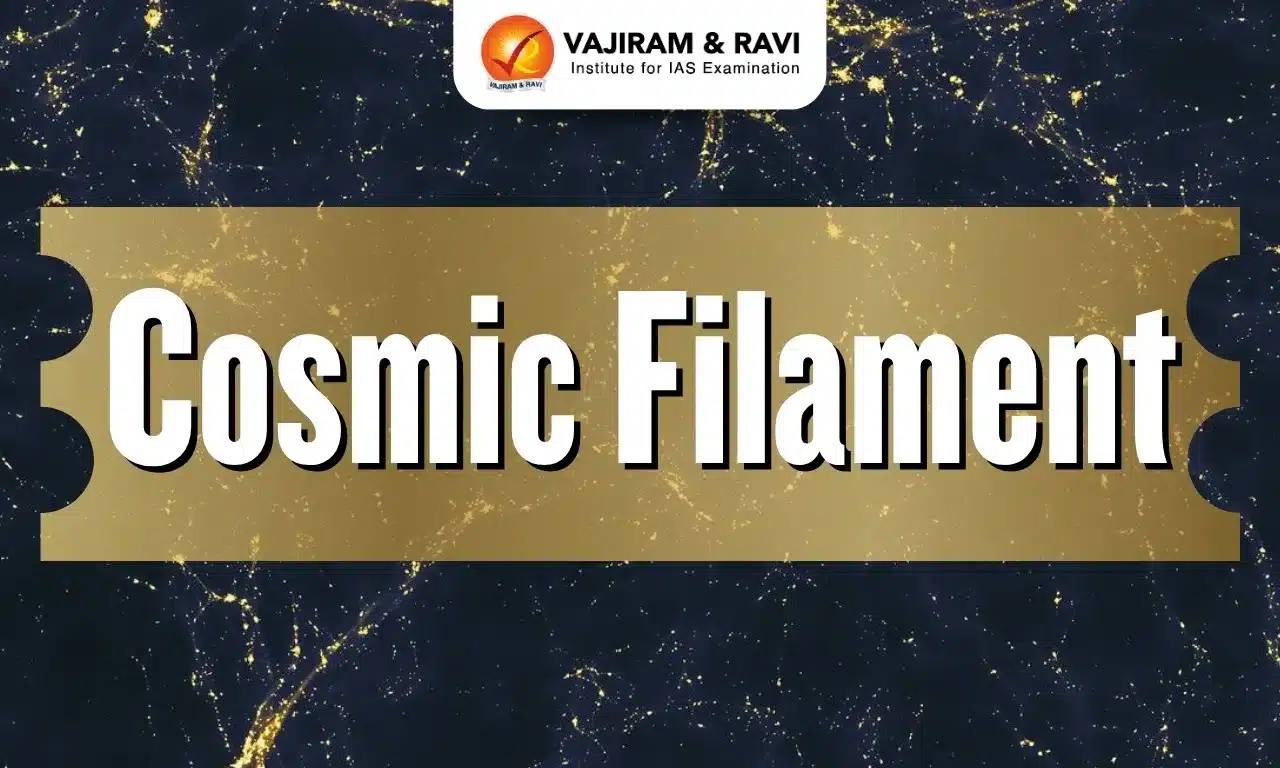Why in news?
- The U.S. faced a September 30 deadline to eliminate its remaining chemical weapons under the international Chemical Weapons Convention.
Key facts about Chemical Weapons Convention
- It is a multilateral treaty that bans chemical weapons and requires their destruction within a specified period of time.
- It entered into force on April 29, 1997.
- It requires states-parties to declare in writing to the OPCW their chemical weapons stockpiles, chemical weapons production facilities (CWPFs), relevant chemical industry facilities, and other weapons-related information.
- The CWC is open to all nations and currently has 193 states-parties.
- India is a signatory and party to the Chemical Weapons Convention.
- It has signed the treaty at Paris on 14th day of January 1993.
- It is pursuant to provisions of the Convention enacted the Chemical Weapons Convention Act, 2000.
What is Organisation for the Prohibition of Chemical Weapons (OPCW)?
- It is the implementing body of the Chemical Weapons Convention (CWC).
- Mission: To implement the provisions of the Chemical Weapons Convention (CWC) in order to achieve the OPCW’s vision of a world that is free of chemical weapons and of the threat of their use, and in which cooperation in chemistry for peaceful purposes for all is fostered.
- Headquarters: Hague, Netherlands.
- It receives states-parties’ declarations detailing chemical weapons-related activities or materials and relevant industrial activities.
- It is authorized to perform inspections to verify that signatory states are complying with the convention.
- It also performs testing of sites and victims of suspected chemical weapons attacks.
Q1) What are Biological weapons?
Biological weapons are a type of weapon that uses pathogens, toxins, or other biological agents to intentionally cause harm to humans, animals, or plants. These weapons can be designed to infect and spread diseases, incapacitate individuals, or destroy crops and livestock.
Source: U.S. set to destroy its last chemical weapons, closing a deadly chapter dating to World War I
Last updated on November, 2025
→ Check out the latest UPSC Syllabus 2026 here.
→ Join Vajiram & Ravi’s Interview Guidance Programme for expert help to crack your final UPSC stage.
→ UPSC Mains Result 2025 is now out.
→ UPSC Notification 2026 is scheduled to be released on January 14, 2026.
→ UPSC Calendar 2026 is released on 15th May, 2025.
→ The UPSC Vacancy 2025 were released 1129, out of which 979 were for UPSC CSE and remaining 150 are for UPSC IFoS.
→ UPSC Prelims 2026 will be conducted on 24th May, 2026 & UPSC Mains 2026 will be conducted on 21st August 2026.
→ The UPSC Selection Process is of 3 stages-Prelims, Mains and Interview.
→ UPSC Result 2024 is released with latest UPSC Marksheet 2024. Check Now!
→ UPSC Prelims Result 2025 is out now for the CSE held on 25 May 2025.
→ UPSC Toppers List 2024 is released now. Shakti Dubey is UPSC AIR 1 2024 Topper.
→ UPSC Prelims Question Paper 2025 and Unofficial Prelims Answer Key 2025 are available now.
→ UPSC Mains Question Paper 2025 is out for Essay, GS 1, 2, 3 & GS 4.
→ UPSC Mains Indian Language Question Paper 2025 is now out.
→ UPSC Mains Optional Question Paper 2025 is now out.
→ Also check Best IAS Coaching in Delhi

















